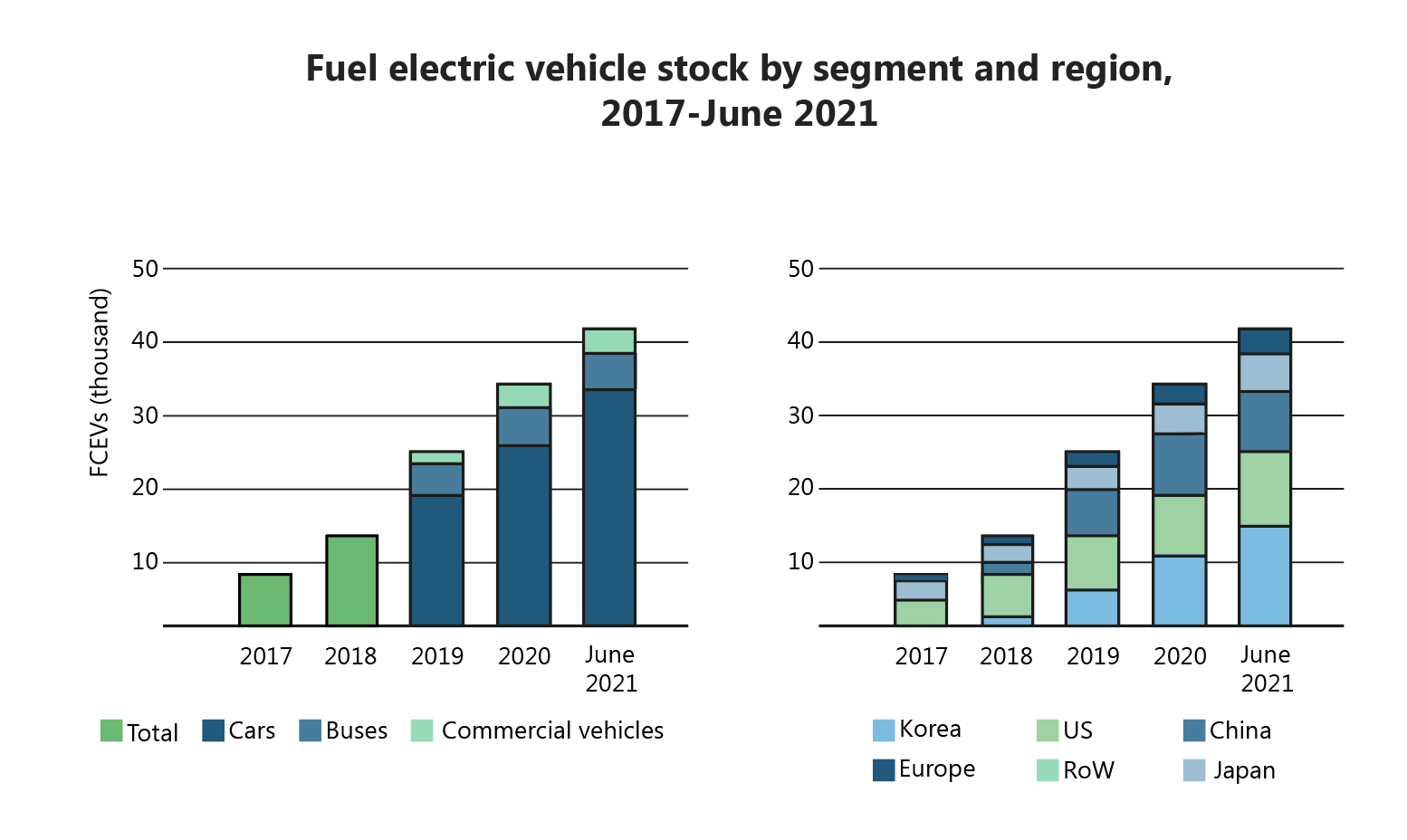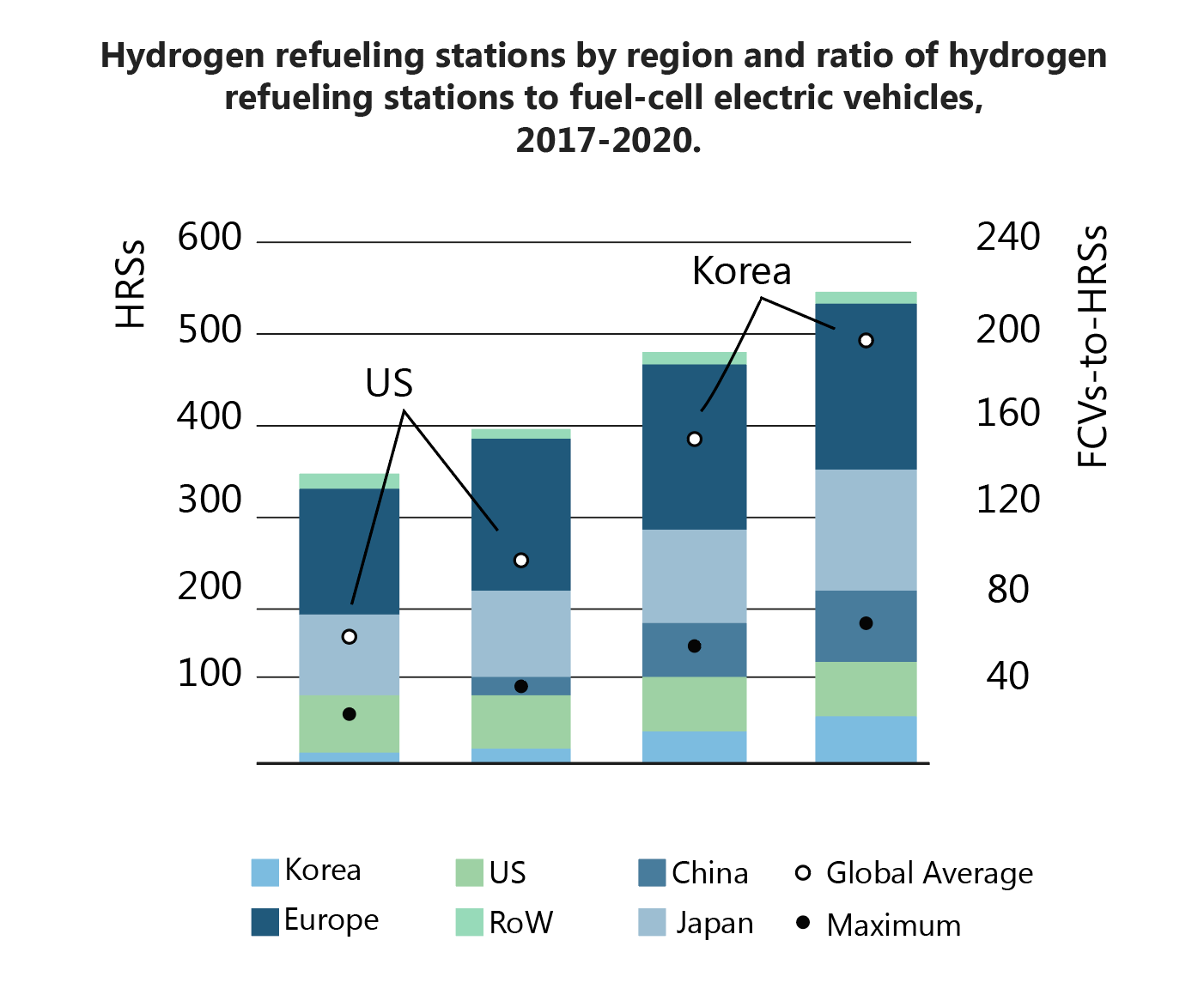- Internal combustion engines (ICE) were a revolutionary invention that drastically changed the global transportation landscape.
- Through Toyota Prius, which was the first mass produced electric hybrid vehicle, electric vehicle (EV) technology was first introduced into the automobile industry.
- Moving forward, as this technology evolves, we expect prices to drop, competing with other cleaner technologies (BEVs & PHEVs).
The Automobile industry is one of the fastest growing entities in the world with technological advancements and innovations being introduced every year. Internal combustion engines (ICE), a notably revolutionary invention in the history of motorized vehicles, allowed vehicles to travel extensive miles through the combustion of fossil fuels, drastically changing the global transportation landscape. Soon enough, however, the world realized the detrimental impact of fossil fuels on the environment which in turn pushed the automobile industry to search for cleaner and more sustainable means of transportation.
Through Toyota Prius, which was the first mass produced electric hybrid vehicle, EV technology was first introduced in the automobile industry. The fundamental idea later developed into plug-in hybrid, battery EVs, and fuel-cell powered vehicles. Currently, battery EVs are one of the most popular fuel types which are being integrated into the global commercial vehicle industry. Alongside battery EVs, fuel-cell technologies are gaining speed in the global race for clean transportation as mentioned earlier.

Figure 1: Fuel-cell EV stock by segment and region, 2017-June 2021.

Fig 2: Hydrogen refueling stations by region and ratio of hydrogen refueling stations to fuel-cell electric vehicles, 2017-2020.
Fuel-cell EVs are powered by hydrogen. They are more efficient and environmentally sustainable than ICE vehicles as they produce no tailpipe emissions. According to Department of Energy fuel cells can have efficiency more than 2-3 times the efficiency of traditional combustion technologies. For instance, a traditional combustion-based power plant has efficiency in the range of 33-35% while fuel cell systems generate electricity at efficiencies up to 60% (even more in case of cogeneration). While, under normal driving condition gasoline engine is less than 20% efficient in converting chemical energy of gasoline into power needed to drive the vehicle. Unlike, PHEVs and HEVs, the byproducts of FCEVs which include water vapors and warm air have no adverse effects on the environment and are dissipated in the air.
When it comes to propulsion, hydrogen fuel is converted to electricity by the fuel-cell technology which in turn drives the FCEV. FCEVs are fueled by hydrogen gas in pure form which is stored in a tank inside the vehicle. These vehicles are like ICE vehicles in the sense that they also take less than 4 minutes to fuel and, unlike BEVs and PHEVS, have a driving range of over 300 miles.
Trends in the market
FCEVs are nascent in comparison to battery EVs and plug-in hybrid EVs. That said, their technological development is picking up speed. In the ongoing effort of integrating zero emission vehicles into the commercial transportation sector, certain reservations have slowed the rate of adaptation in this sector relative to the passenger vehicle sector. Standard BEVs and PHEVs are limited by battery size due to which electric trucks that are currently in the market have limited travel ranges. In order to increase travel range research is being carried out to introduce solutions that are commercially available which not only cater to range anxiety but also takes into account total weight carrying capability of long haul and last mile delivery vehicles.
Since trucks are responsible for the transportation of large amounts of goods due to which battery sizes with in such vehicles is limited (as the size of the battery increases ability to transport goods decreases) which in turn limits the battery capacities as well. Fuel-cell technology is currently being seen as the answer to this long-existing problem. Hydrogen is considered to be a more compact fuel due to which vehicles have considerably larger travel ranges in comparison to battery EVs.
Daimler Truck AG and Volvo Group announced a joint venture called Cellcentric to develop, produce and commercialize fuel cell systems for long-haul trucking among other applications. Along with IVECO, OMV, and Shell, both companies have also signed the H2Accelerate agreement to collaborate on large-scale hydrogen truck deployment initiatives in Europe. Some OEMs such as Cummins and MAN are building and testing prototype hydrogen-fueled internal combustion engines for commercial vehicle applications which are at a lower technology readiness level than hydrogen fuel cells.
Looking Ahead
One of the major bottle necks that impeded the growth of battery EVs globally was the charging time of these vehicles. Fuel-cell technology, however, has managed to eschew this problem as its fueling time is similar to ICE vehicles as mentioned earlier. However, due to a lack of hydrogen fueling stations available, the uptake of FCEVs globally may be slowed down unless there is effective policy intervention to guide investment in this area by public and private entities. As of now, FCEV technology is not established and thus the cost of such vehicles is on the higher side if compared with the relatively more common PHEVs and BEVs. Moving forward, as this technology evolves, we expect prices to drop so that these types of vehicles are able to compete with other clean technology vehicles.
Commercial & Off-Highway Vehicle Service Overview
The research presented in this article is from PTR's Commercial and Off-Highway Vehicle service. For information about this service please submit a request shown below.
Contact Sales:
Recent Insights
US and EU Strategies in Smart Buildings
Download Service Overview The EU and USA aim to decarbonize their building sectors to meet emission reduction targets. Initiatives like the Home...
European Electric Bus Market
The electric bus market in Europe has seen a significant year-on-year increase of 42% in the first three quarters of 2023. Notably, Solaris, which...
COP through the Ages
This infographic takes a cursory glance at the most significant achievements of the Conference of Parties through the years and offers a chance for...


